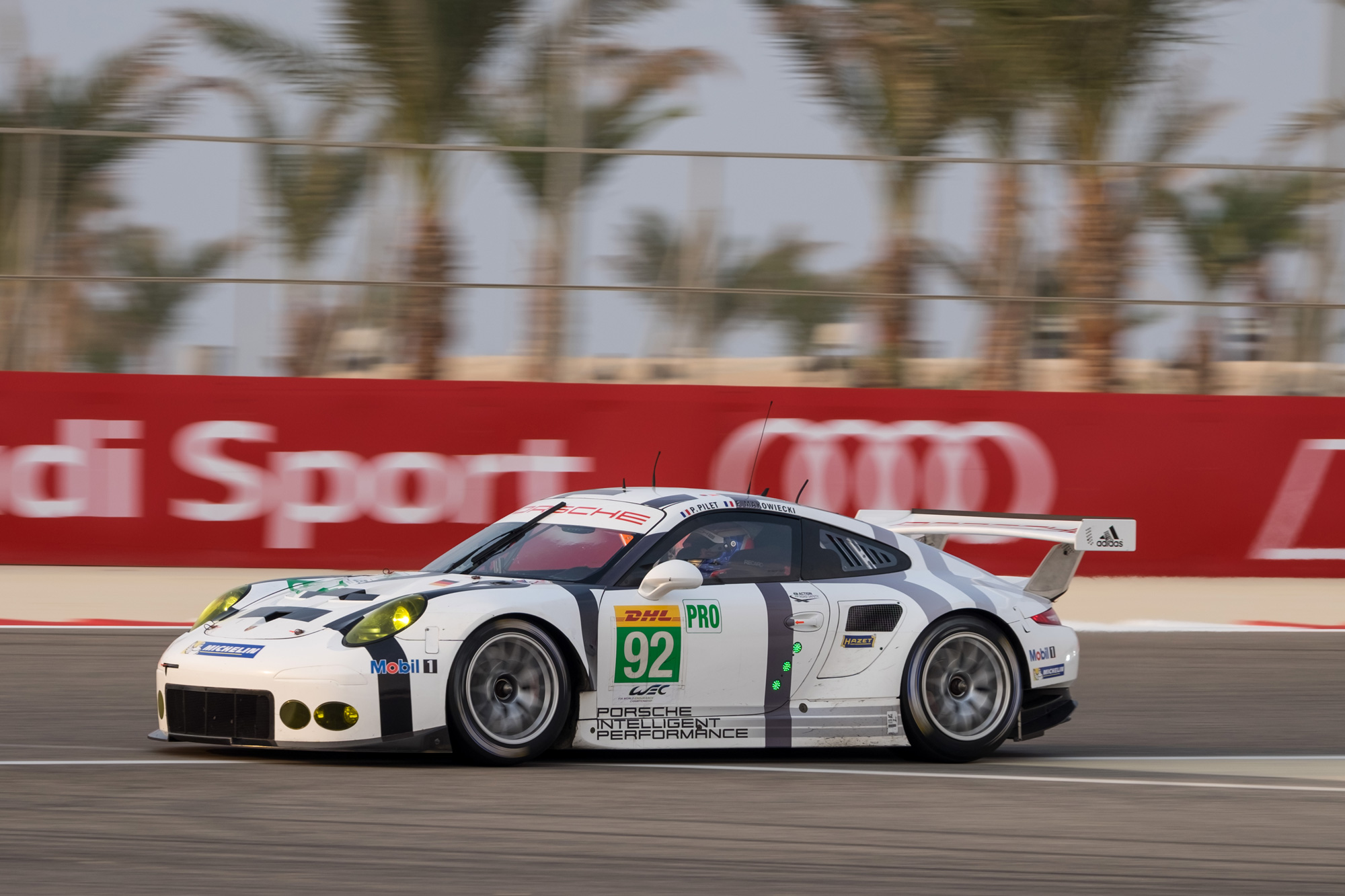
XF100-400mmF4.5-5.6 R LM OIS WR -The Final Piece-
Finally, here it is.
Don’t get it wrong, this is not going to be the last lens for the X-mount, but the final piece that was missing in the X-Mount lens lineup is now complete. The gap is now filled.
Up until now, the X mount lens covered the range of 10mm-230mm (15-350mm equivalent). And with the latest lens, this is now expanded up to 540mm (840mm equivalent). The X system is really now fulfilled.
Why did it take so long to come out? It really is an important piece to fulfill the gap. Is it because X series is more about the prime lens? Or is it because majority of the users are street or portrait photographers? Perhaps, you speculate many possible reasons for the lateness, but the truth is rather simple. We needed this much amount of time to develop this lens.
In fact, we are not overstating when we say that all the technology that we have at hand are put into the XF100-400mm. Linear motor drive, weather resistant structure, 5.0-stop image stabilization, large diameter ED lens, Super ED lens, and compatibility with the teleconverter. On top of that, new technologies such as fluorine coating and focus limiter, have been implemented. We simply needed time to put all these into the lens.
Entire range continuously
Let’s look at the lens construction.
You can see that plenty of high grade glass material, ED glass and Super ED glass are used for the lens. This is to work against the color aberration, which is apparent in the longer focal length. You should take a note that the large glasses are placed in the front-end of the lens.
The ED and super ED lenses are the largest in size for any XF lenses. In other words, they are the hardest to create and are also the highest grade of their kind. XF100-400mm in itself is very expensive. And if we break down the manufacturing cost, the two lenses take up as much as 30% of the cost.
Why use such an expensive glass? This is all for the image quality. An image speaks more than millions of words, so let’s take a look. They are unbelievably sharp. You wouldn’t expect this is coming from a telephoto nor zoom lens.
A lens that delivers razor-sharp image quality is a headache for the mechanical designer, however. In order for a lens to be sharp, the demand for the focus accuracy becomes very high. By missing the stopping point at a few micron level, the focus gets lost.
So, to achieve the highest accuracy, linear motor was chosen. it allows the focus lens unit to move directly. And with the help of position detection sensor, it is capable of controlling the accuracy at the micron level.
Entire range continuously
The linear motor is also used for the stabilization unit. The precise movement and fast response make it a perfect choice for the use. And thanks to this, XF100-400mm achieves 5.0-stop image stabilization.
Not only this, the lens achieves 5.0-stop image stabilization in the entire range. With this fact alone, it makes the No.1 performance in its class, but there is more! The lens achieves the 5.0-stop image stabilization in “Continuous”.
If you are not familiar with the phrase “Continuous”, there are two types for image stabilization. If the image stabilization only works when the shutter is released, then it is “Shooting only”. If the image stabilization is working before the shutter release, when you are looking into the finder, then it is “Continous”.
“Continuous” is harder to achieve than “Shooting only”. There is no set of rules by the CIPA guideline for it. So some lens manufacturers only test the performance of the image stabilization for the most effective focal range in “Shooting only”. As a result, some users are left in doubt of the image stabilization function.
Let’s say it again. XF100-400mm achieves 5.0-stop image stabilization in its entire range in “Continuous”. You can achieve the sharp photo just as what you saw in the viewfinder.
Tough and soild
The XF100-400mm is not only about the advanced technology. Without the tough and solid lens structure, the high performance glass and driving unit are useless. In order to make a tough lens barrel, we need to create it thick. And we should use metal parts rather than plastic. The problem is both thick and metal materials are very heavy.
The question is, “Is it OK for a lens to be heavy if it is high performance?” Our answer is “No”.
“Is it then OK for lens to be light with an adequate performance?” Our answer is again “No”.
What we decided to do instead, is to use the tough metal parts, but cut the fat as much as possible. We developed this technique when we were creating the XF50-140mm.
The Challenge to cut the weight under 1kg
We try and test many patterns to find the perfect balance. And as a result we come with the ideal shape. We then think about how we could manufacture this efficiently.
This is not a Formula 1 racing car, in which we only need to create the only one! We have to produce thousands of the lens in the same quality. And the method of “cutting the fat” is not very cost-friendly. With every gram cut out of the weight, a cost is being added. For the lens, we achieved to cut 30 grams in total. When you go shoot with the lens, and you remember that inside the lens, there is a carved lens barrel, then the effort of the developing team and staff at the factory will be paid off.
The fluorine coating is working very effectively for the lens in addition to the weather resistant structure. It repels rain, and is tough against oil. If you mistakenly touched the lens surface, simply wipe the surface gently with a lens cloth and it will be clean like before. When you are in action, you will appreciate this feature.






















































